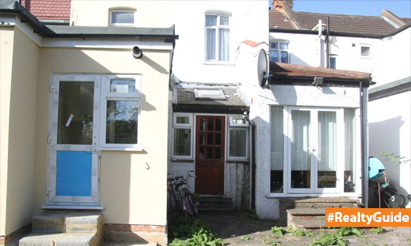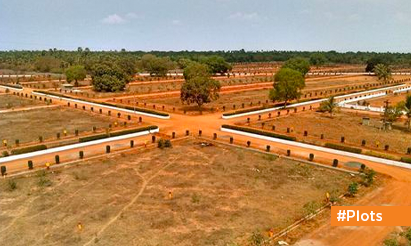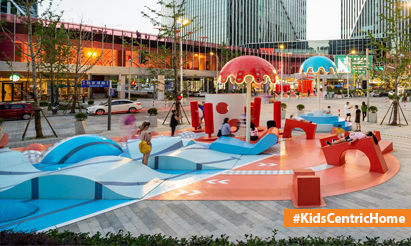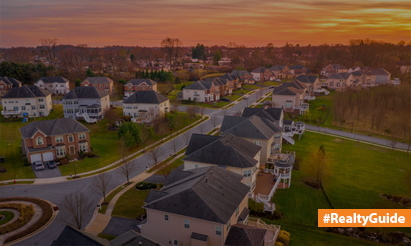Things To Consider When Purchasing To Green Homes
An eco-friendly home is one that is ecologically friendly and has a low environmental effect. This may be accomplished through utilising sustainable energy sources, reducing trash production, and recycling as much as feasible. Many individuals are concerned about the environment and are seeking for methods to enhance their homes and lifestyles while lowering their carbon impact. As the advantages of living in an eco-friendly house become more obvious, they are becoming increasingly popular. Eco-friendly houses might be an excellent option for individuals who wish to lessen their environmental effect.
What Are Eco-Friendly Homes?
Environmentally friendly homes are constructed with the environment in mind. They are ecologically sustainable and make use of as many renewable resources as feasible. The purpose of eco-friendly housing is to create less carbon dioxide and so minimise greenhouse gas emissions. Energy-efficient equipment and technology, such as LED lighting and energy-efficient heating and cooling systems, are used in a “Eco-friendly” home.
Eco-friendly houses are built to utilise less energy and resources than conventional houses. They also help reduce waste by using recycled materials whenever feasible. Eco-friendly houses can aid in environmental preservation by lowering greenhouse gas emissions (GHGs) and improving air quality.
Environmentally Friendly House Features
An eco-friendly home reduces its environmental effect by employing renewable energy sources, reducing trash generation, and recycling as much as possible. An eco-friendly house has been constructed with several factors in mind, from its appearance to its functionality. Here are some of the most prevalent characteristics:
- Heat leakage through windows and doors is minimal.
- Gadgets and lights that save energy.
- Low water consumption – This can be achieved through rainwater harvesting or by utilising a greywater system.
- Minimal waste generation, for example, composting food waste rather than putting it in bins; recycling things such as old newspapers rather than tossing them away.
- Low carbon footprint – for example, utilising natural insulation like straw bales or wool; heating with renewable sources like wood pellets or biofuels.
How are Eco-Friendly Houses Built?
Many distinct types of homes use green construction materials. Wood, stone, bamboo, and clay bricks are examples. The idea is to employ natural materials instead of manufactured ones like glass or plastic to limit the quantity of toxic chemicals employed in the design process while also maintaining the environment.
Wood – Wood is one of the most commonly used building materials because it is straightforward to work with and has a long-life expectancy. It is also simple to maintain and may be utilised in a variety of ways.
Concrete – Concrete is a low-cost material that may be utilised in a variety of ways. It is also long-lasting and waterproof, making it ideal for buildings that must survive harsh conditions such as snow and rain.
Plastic – Plastic is yet another low-cost material that may be utilised in a variety of applications, such as building walls or flooring. It also outlasts other materials since it does not disintegrate over time, like wood does when exposed to direct sunlight or water damage/rotting after years of being left out in the weather untreated.”
Disclaimer: The views expressed above are for informational purposes only based on industry reports and related news stories. PropertyPistol does not guarantee the accuracy, completeness, or reliability of the information and shall not be held responsible for any action taken based on the published information.




